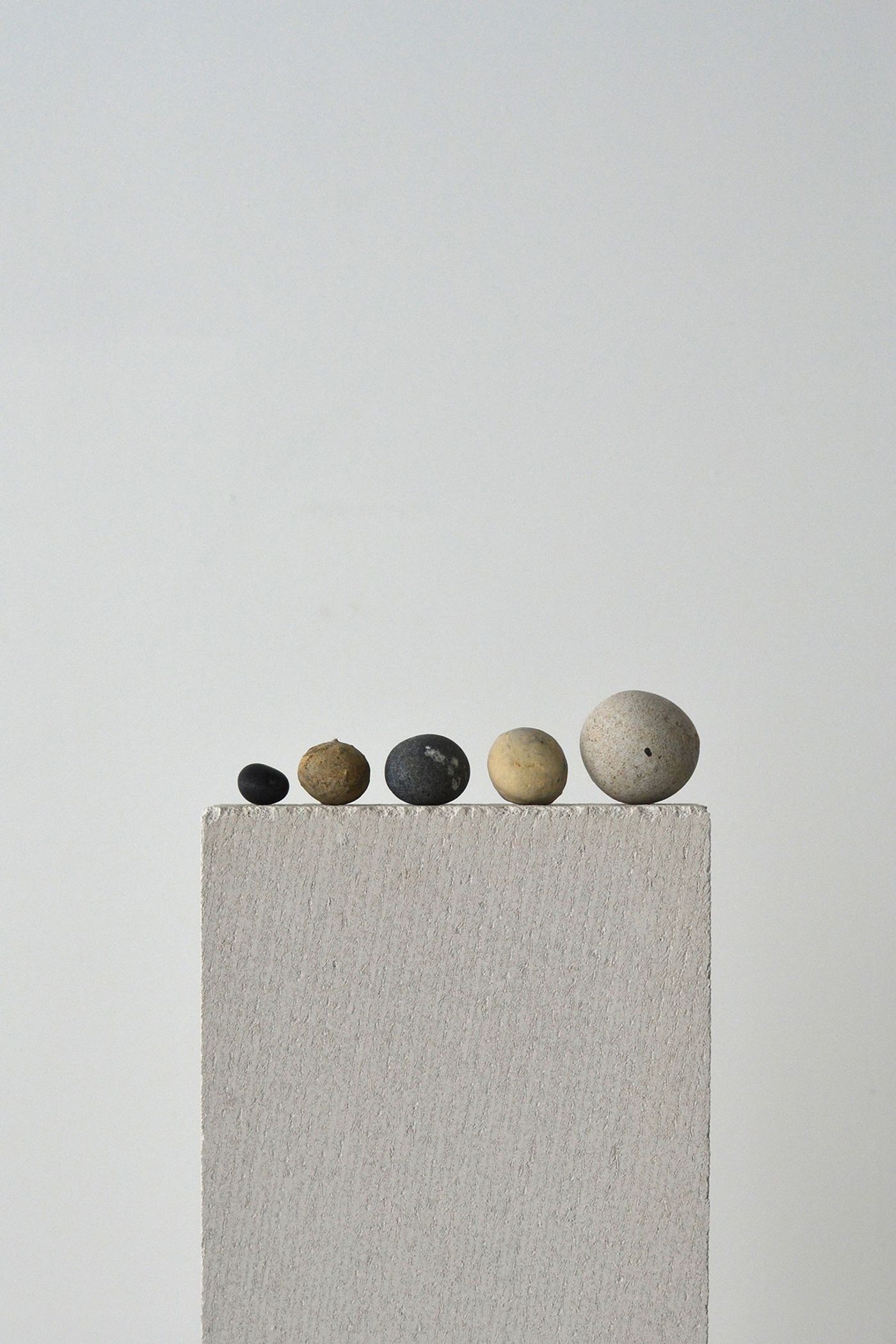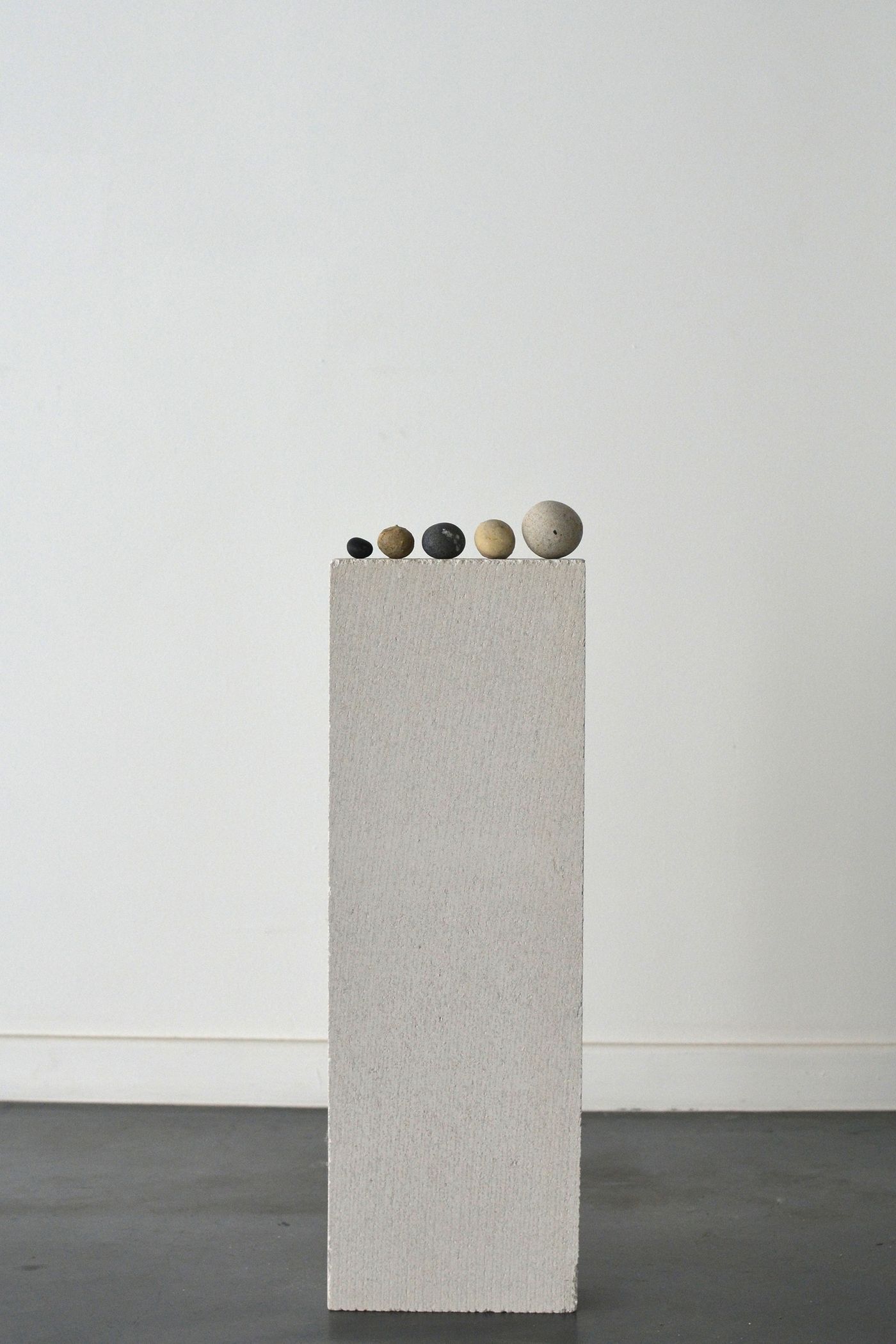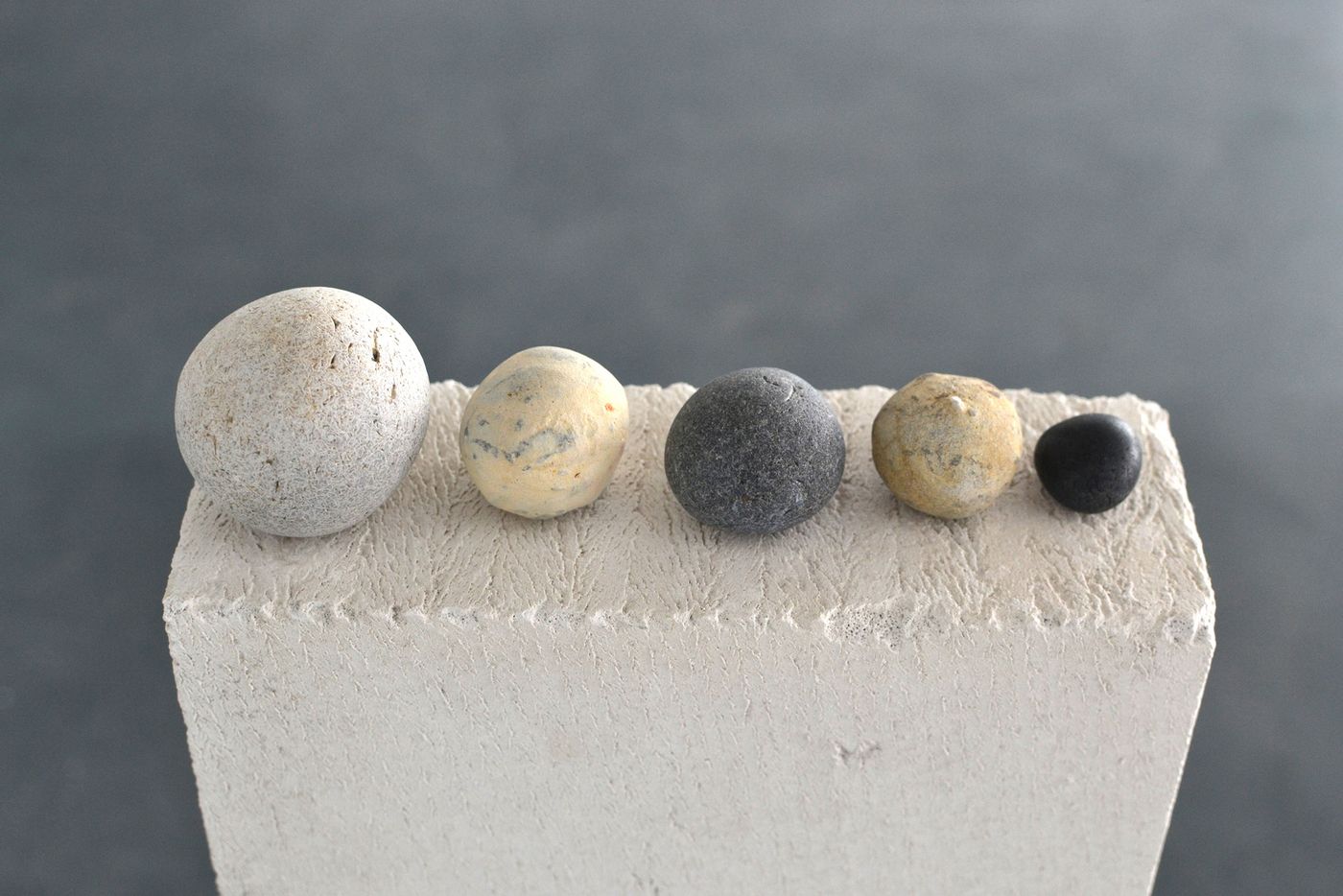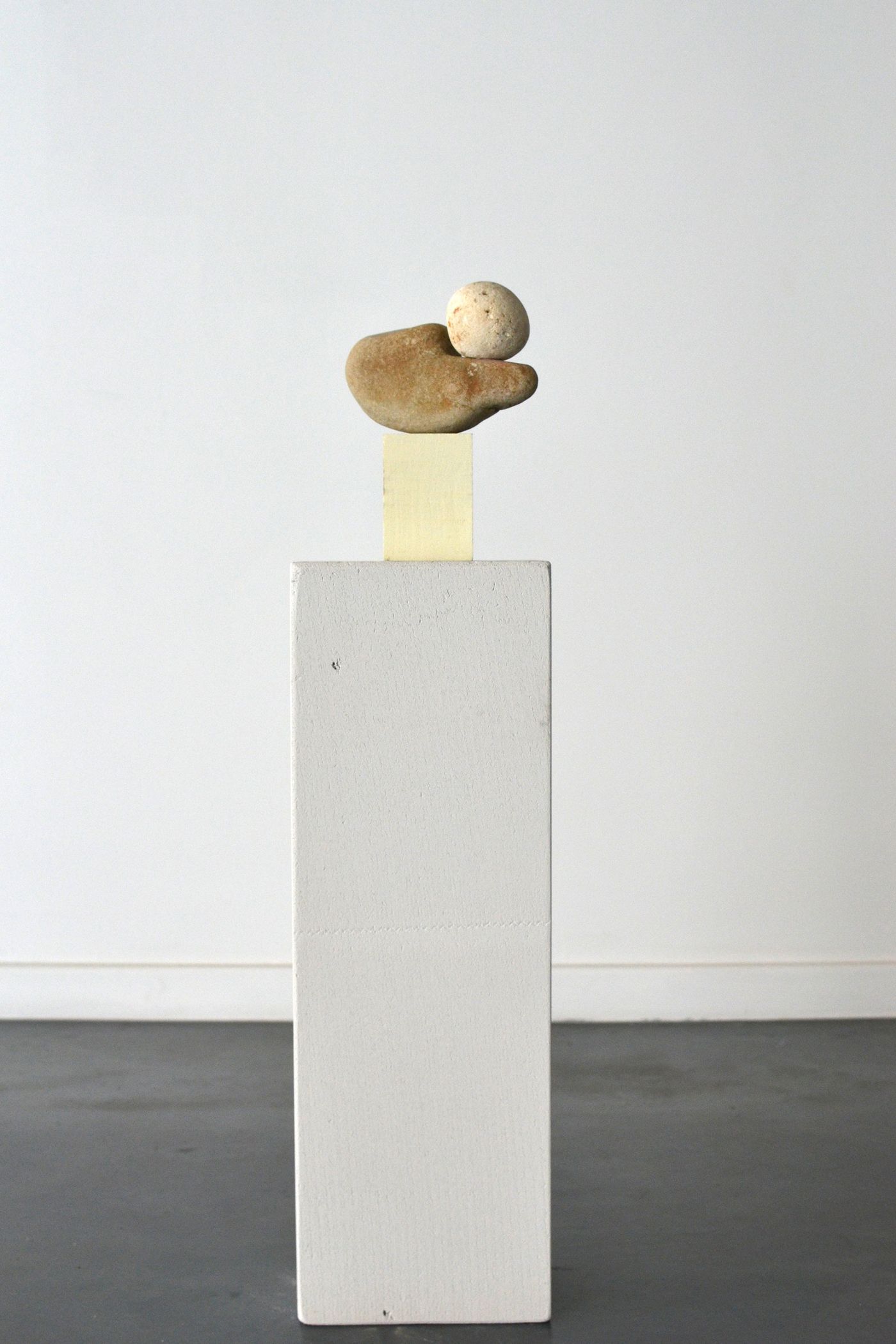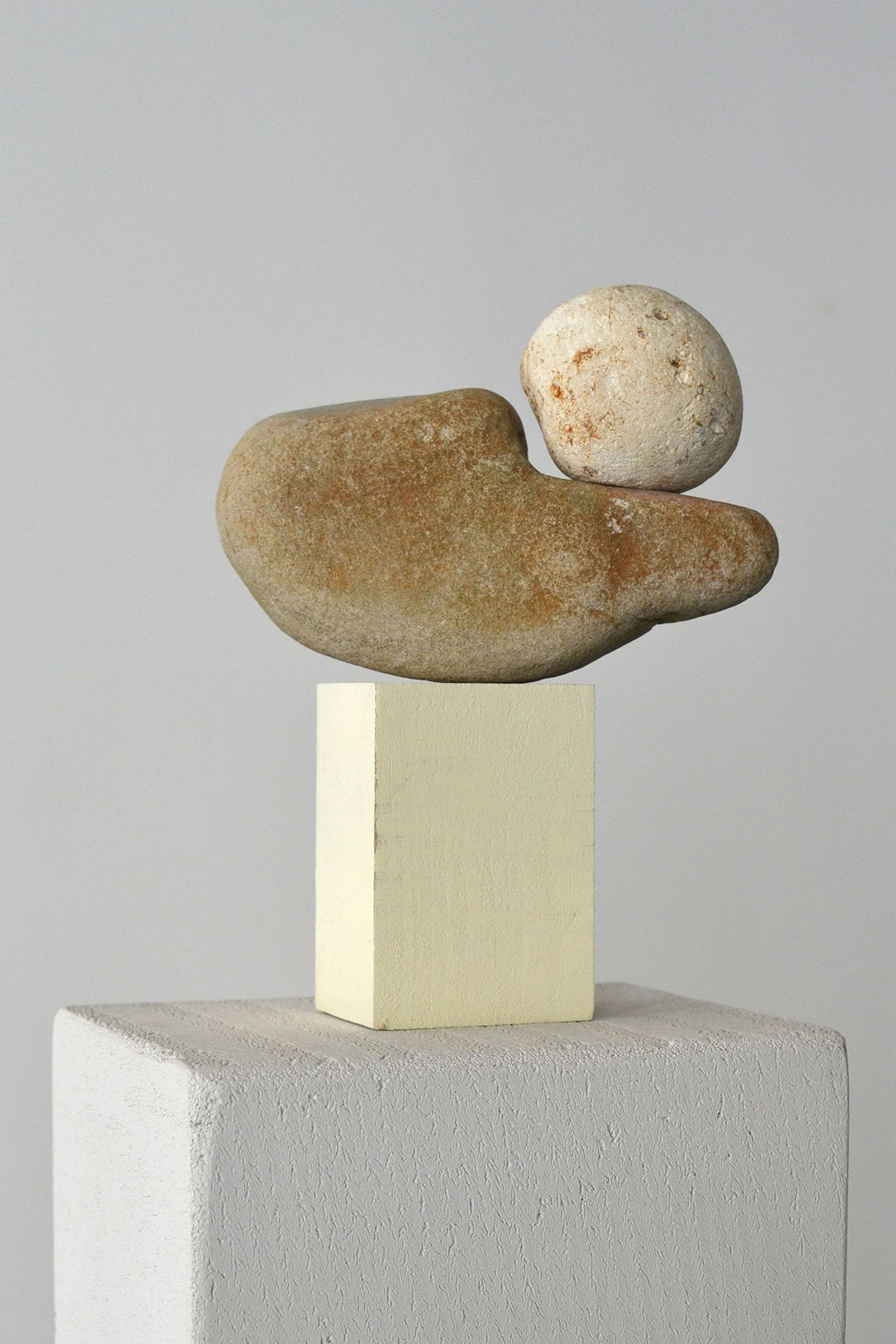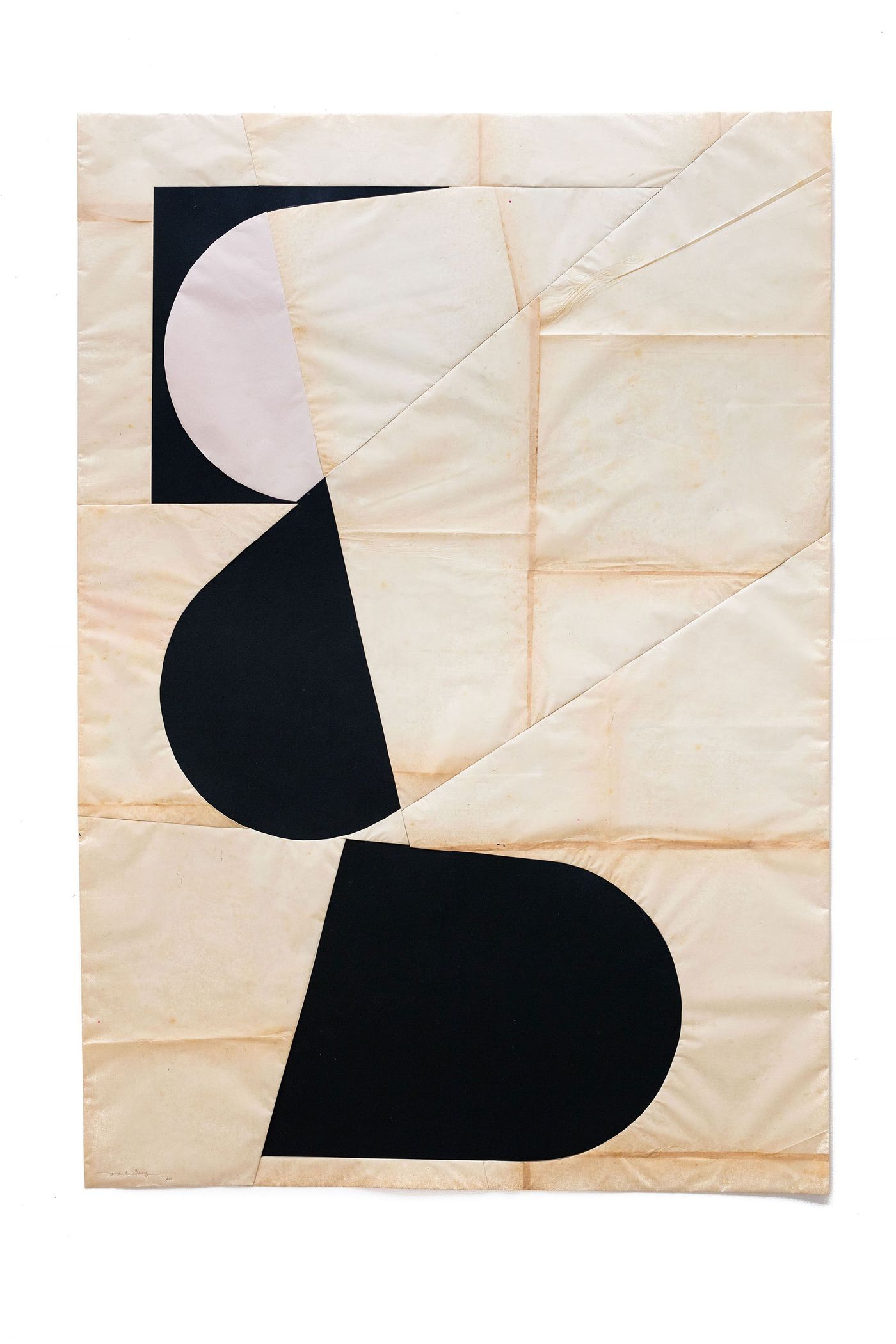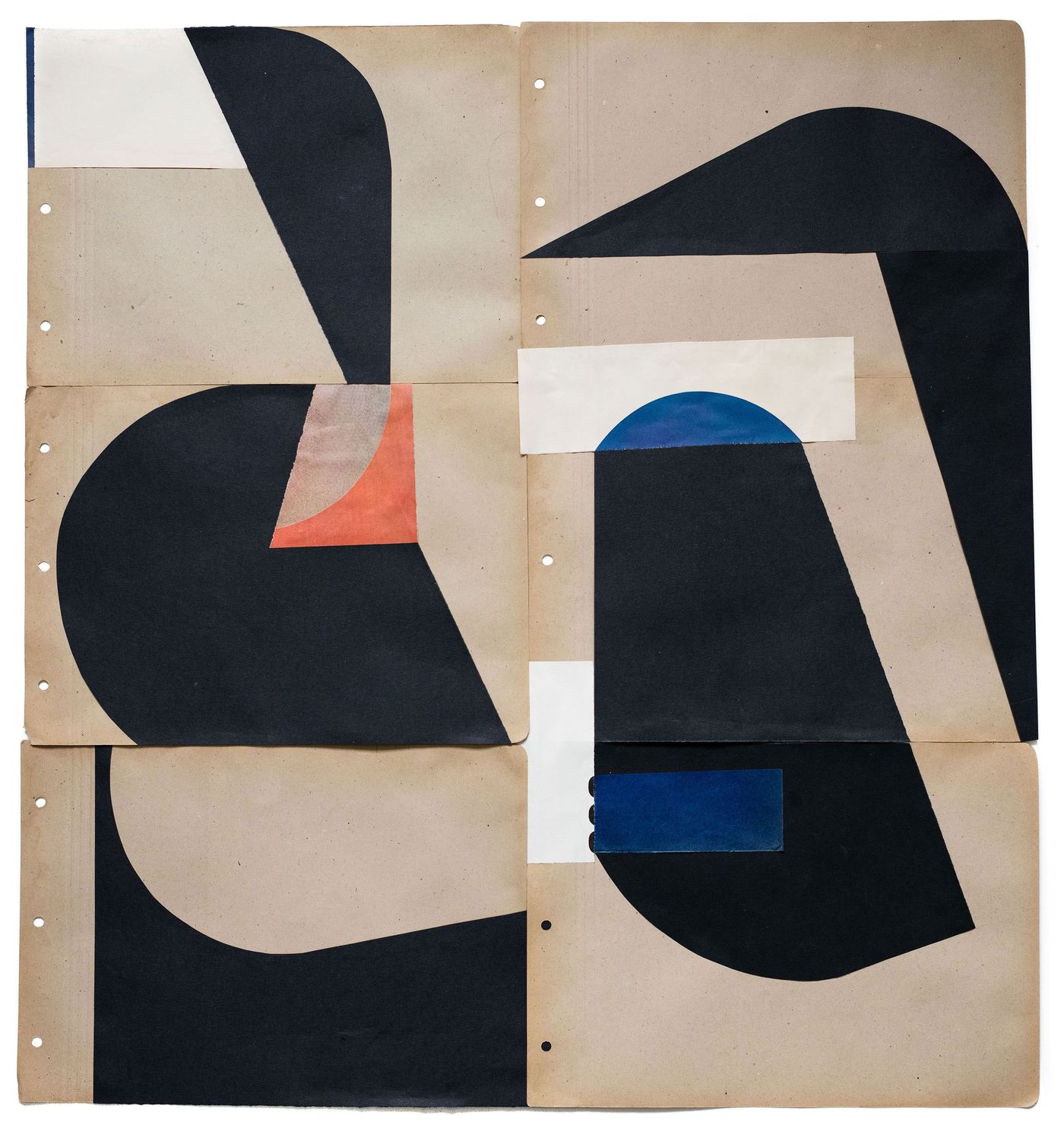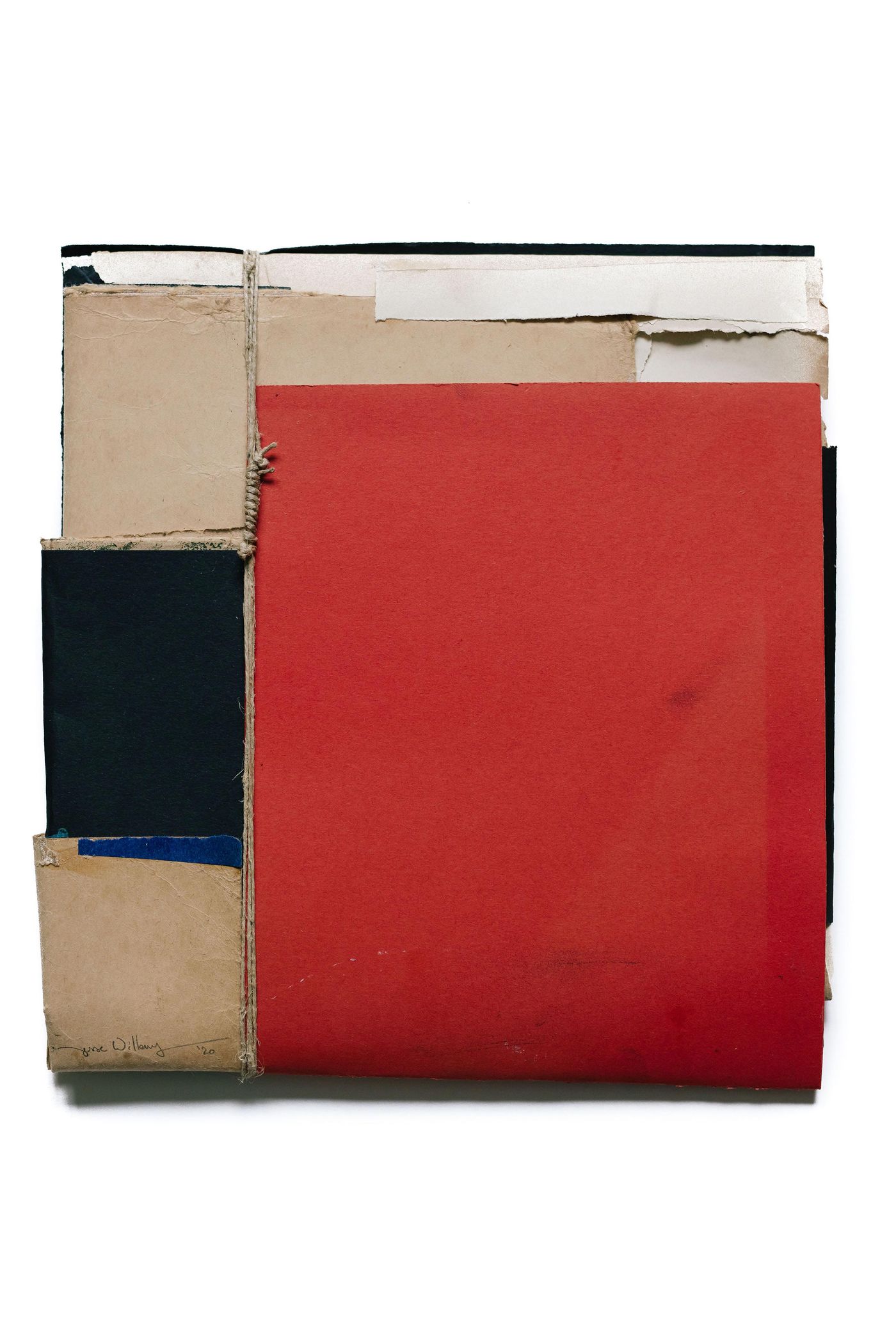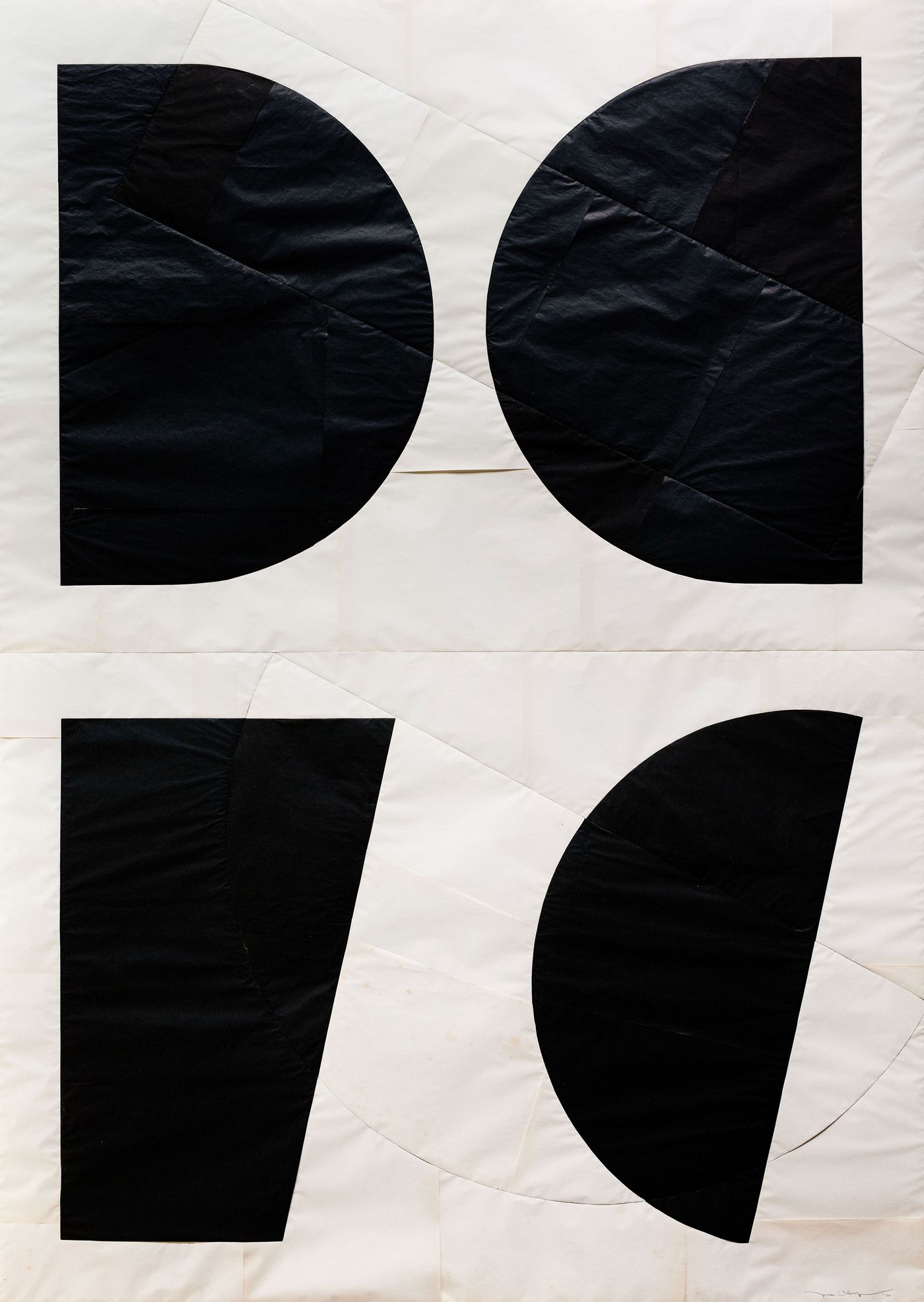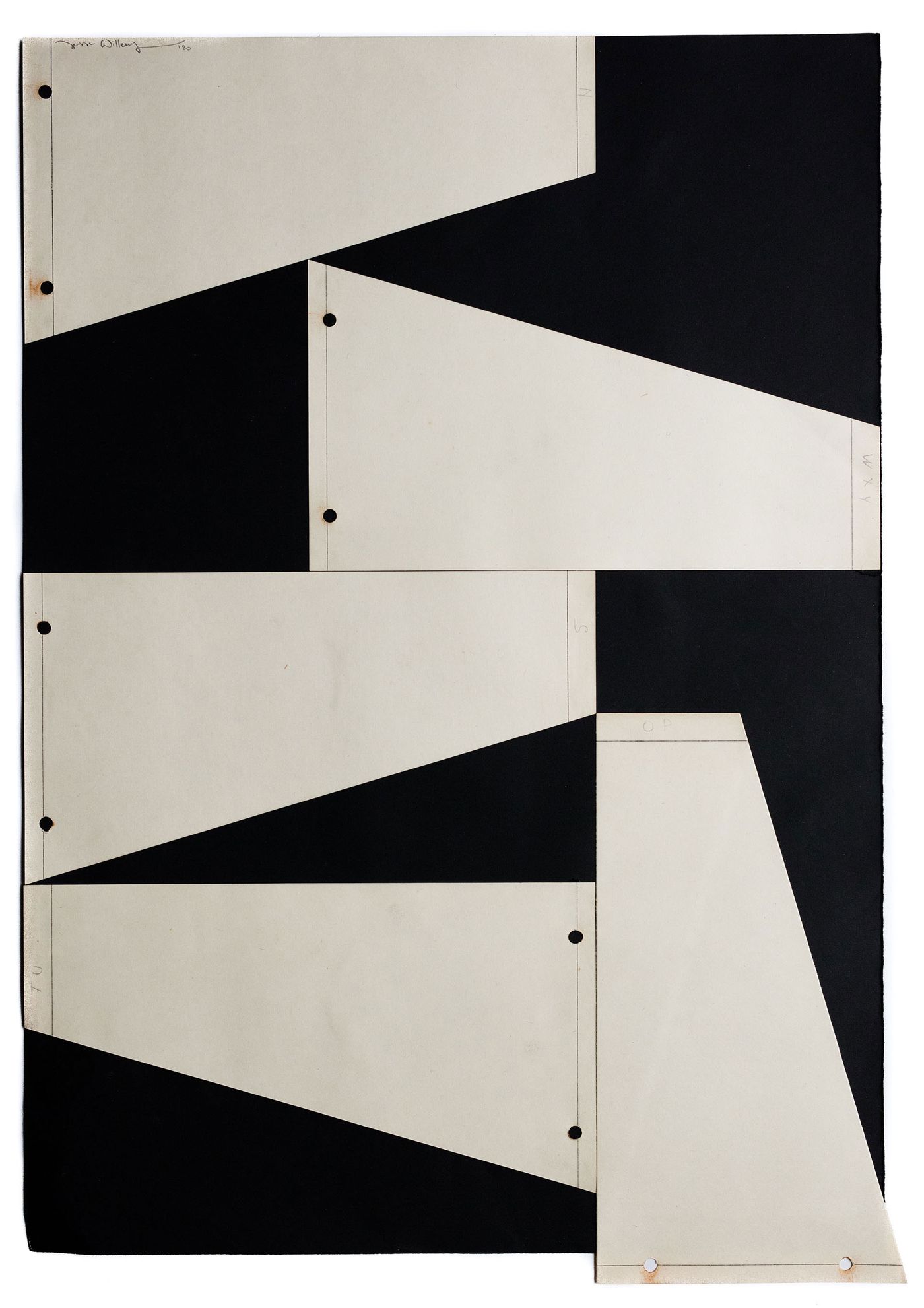
"Renaissance": An Artistic Dialogue Between Jesse Willems and Babs Decruyenaere in Antwerp
Words by Eric David
Location
Antwerpen, Belgium
"Renaissance": An Artistic Dialogue Between Jesse Willems and Babs Decruyenaere in Antwerp
Words by Eric David
Antwerpen, Belgium
Antwerpen, Belgium
Location
One of the side effects of the global pandemic for a lot of people has been being stranded at home, either biding their time or navigating the intricacies of remote work – think Zoom meetings and VPN connections. A group of people who by profession fared much better than most during the lockdown are artists, for most of whom spending a day holed up in their studio is just like any other day. In fact, it can be said that staying-at-home ordinances may have made them more productive. What is undisputed is that the experience had a lasting impact on them, not only influencing their work and spurring their creativity, but also realigning their priorities and even resetting their practice. This is the premise of “Renaissance”, a two-part exhibition at Schönfeld Gallery’s Brussels and Antwerp venues that optimistically reframes the lockdown as both an opportunity and a necessity for a new start. Curated by Belgian artist Jesse Willems, who has invited two artists to exhibit their work alongside his own, the two consecutive shows also demonstrate how an artistic dialogue can be greater than the sum of its parts.
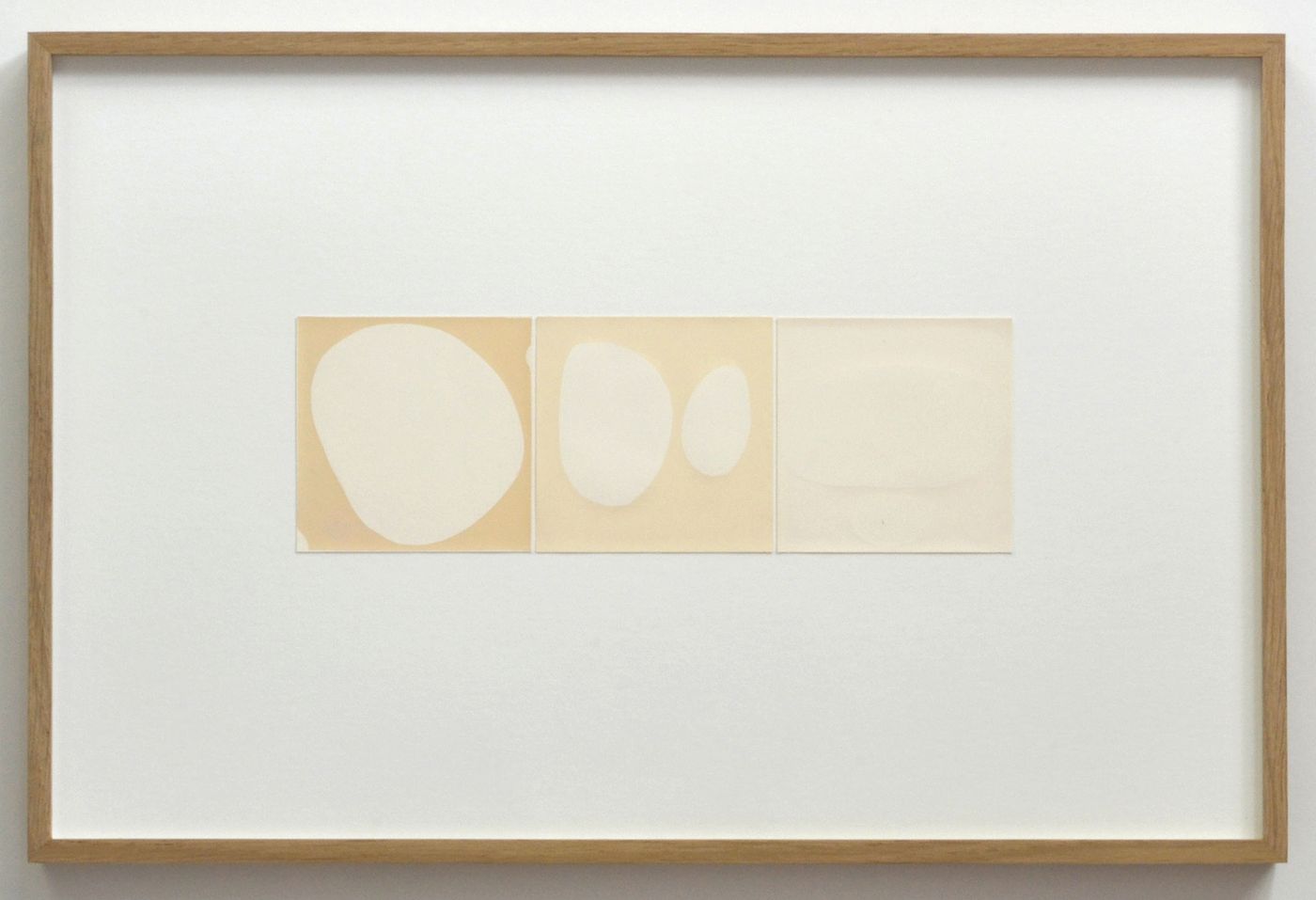
Babs Decruyenaere, White Pebbles. Photo: Babs Decruyenaere
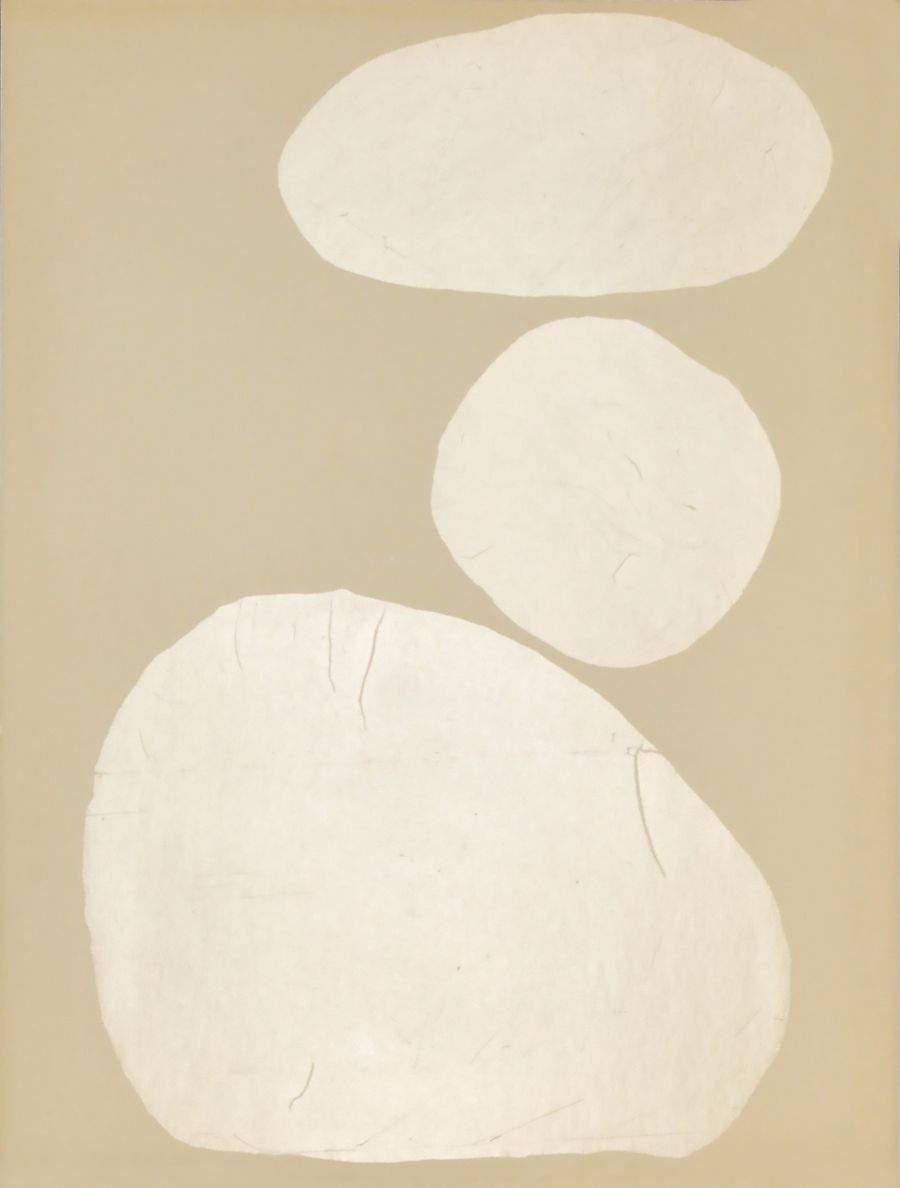
Babs Decruyenaere, Abstraction of a Memory 2. Photo: Babs Decruyenaere
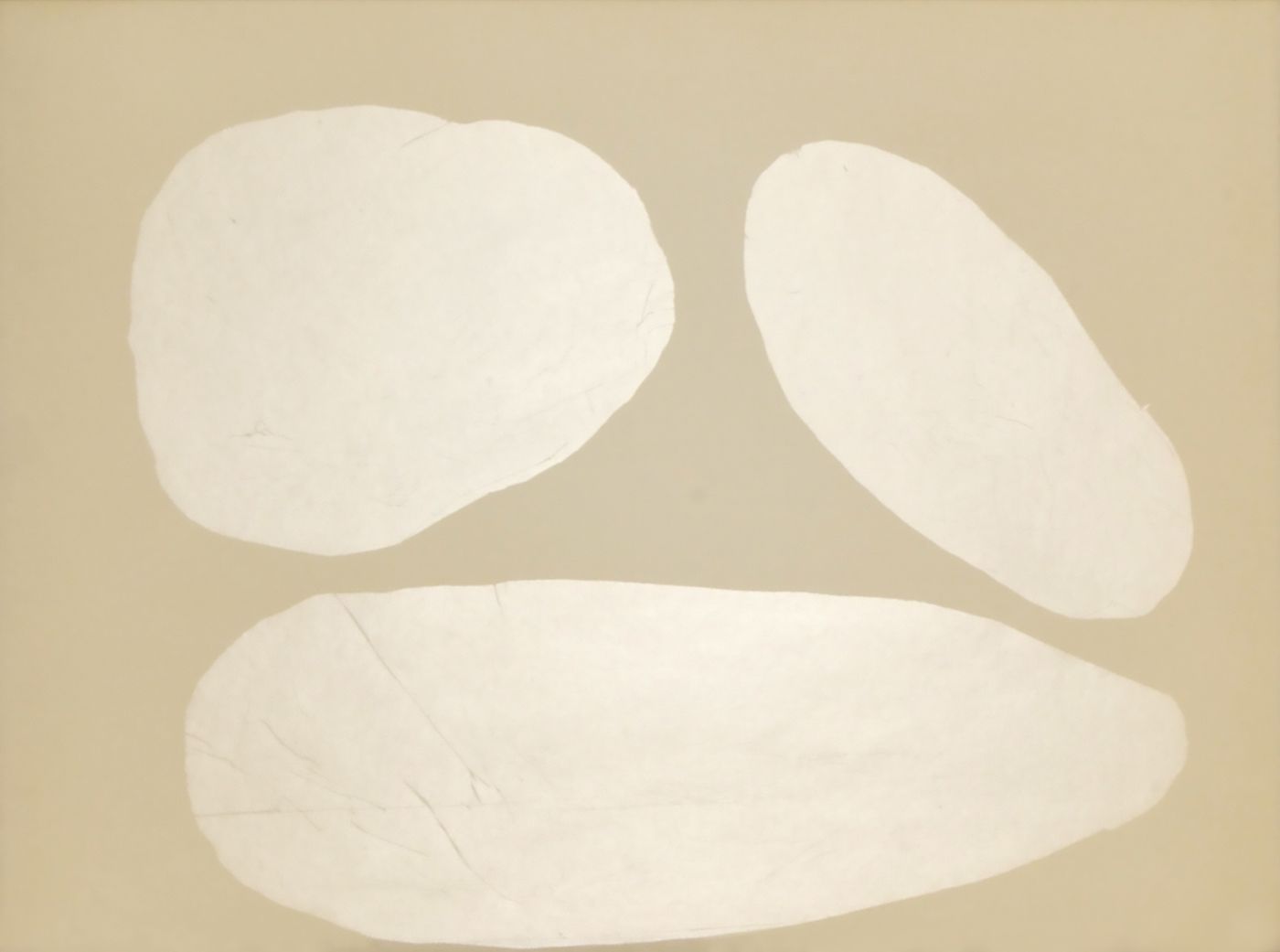
Babs Decruyenaere, Abstraction of a Memory 1. Photo: Babs Decruyenaere
For Renaissance’s second show, which opens on October 25th at the gallery’s Antwerp space Schönfeld Projects, Willems is showcasing his collage-based work alongside sculptures and photograms by Babs Decruyenaere, a Belgian artist who shares Willems’ affinity for using found, discarded materials. The dialogue between the two artists allows visitors to discover affinities between their work, both conceptually and visually, while on a subliminal level it conveys a message of hope based on the concept of rebirth that underpins their practice.
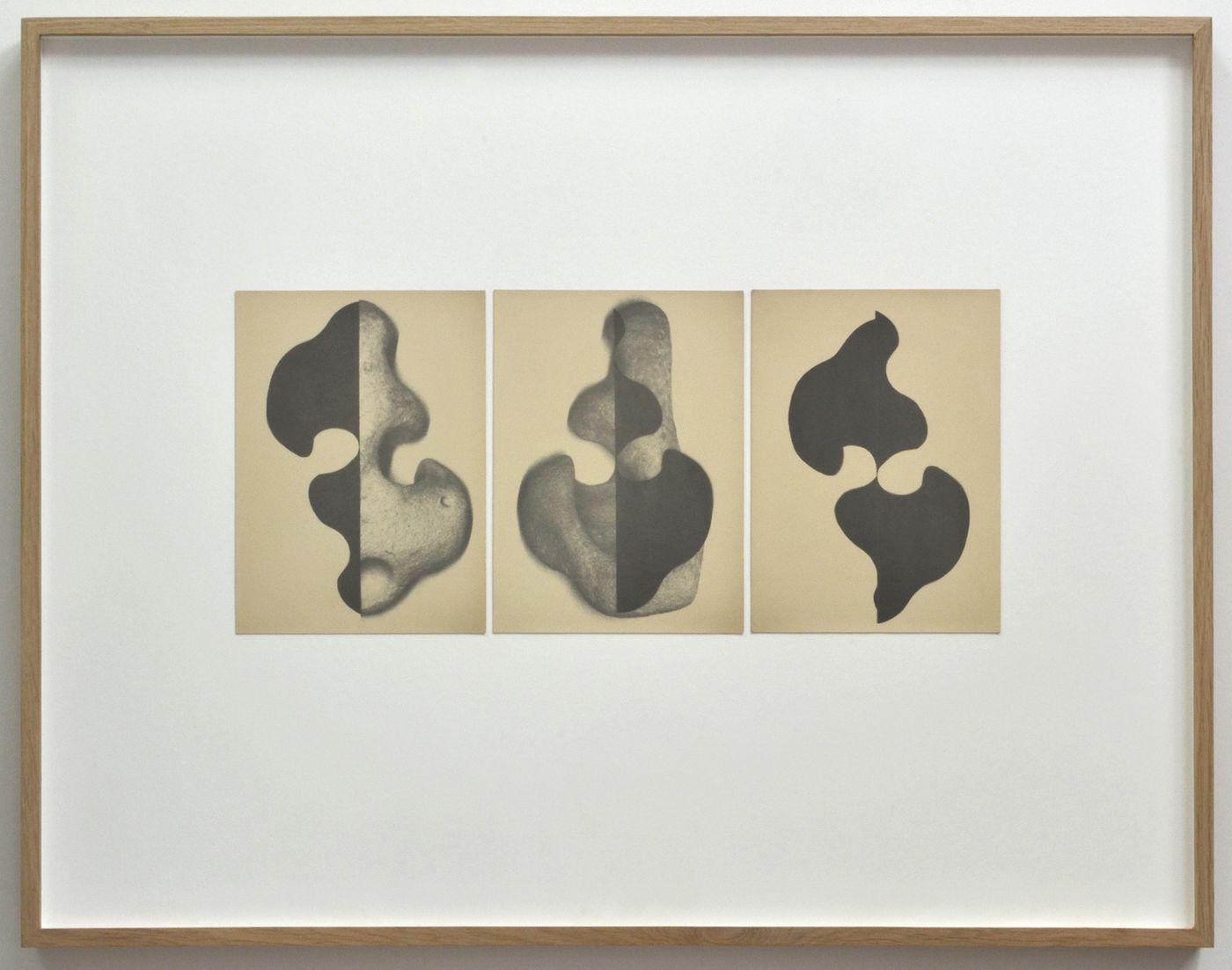
Babs Decruyenaere, Because I Have Faith in You. Photo: Babs Decruyenaere
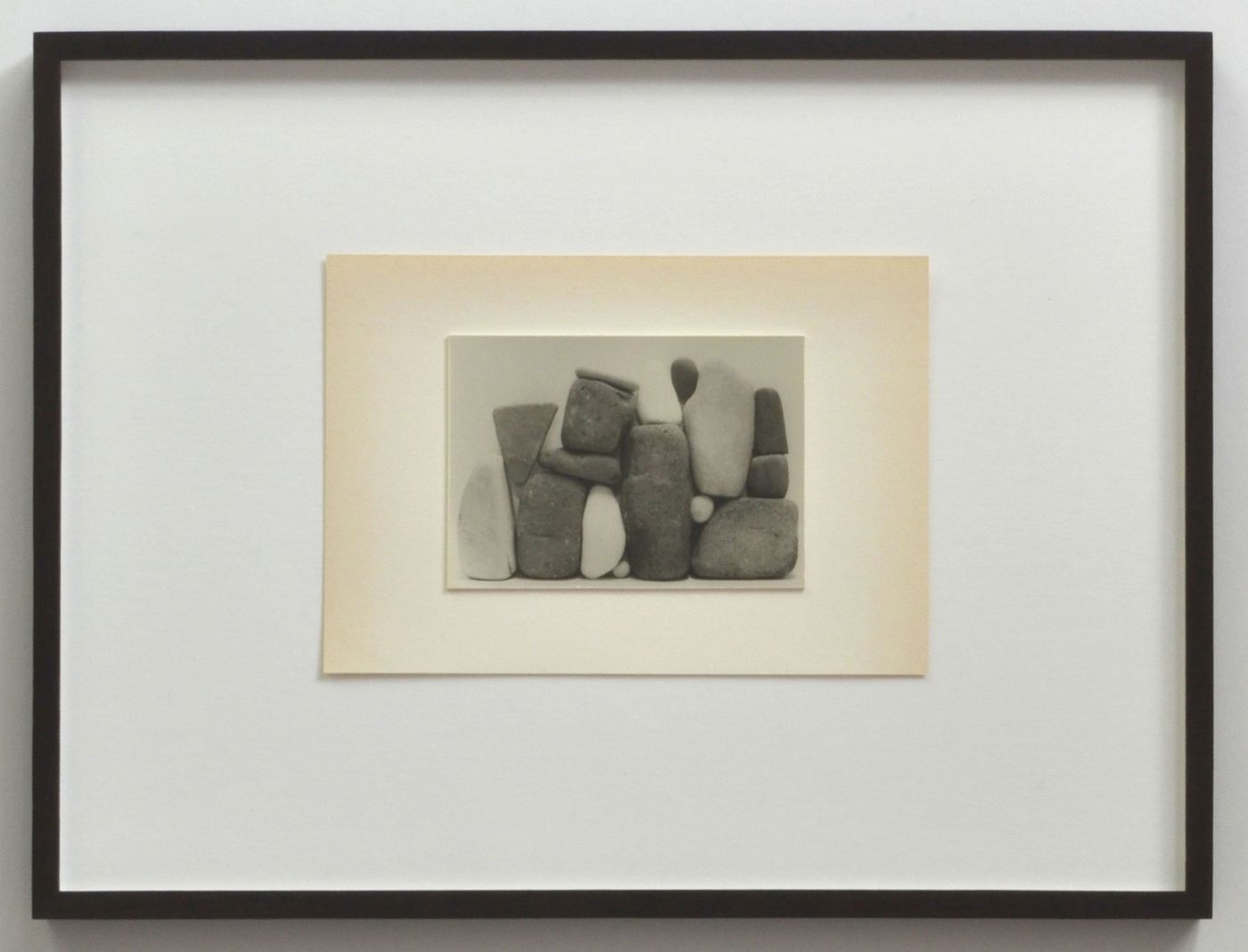
Babs Decruyenaere, Building Up Walls II. Photo: Babs Decruyenaere
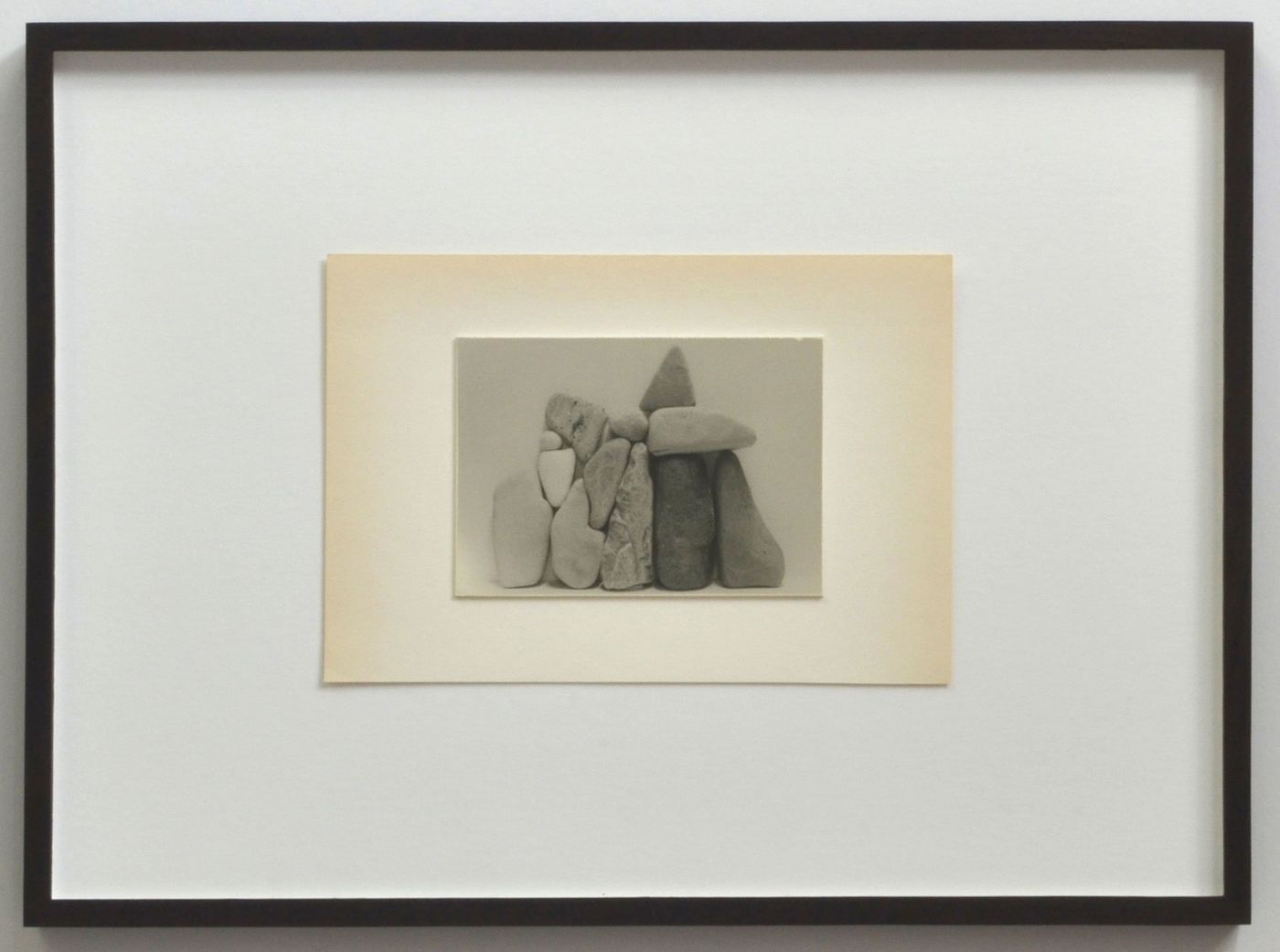
Babs Decruyenaere, Building Up Walls I. Photo: Babs Decruyenaere
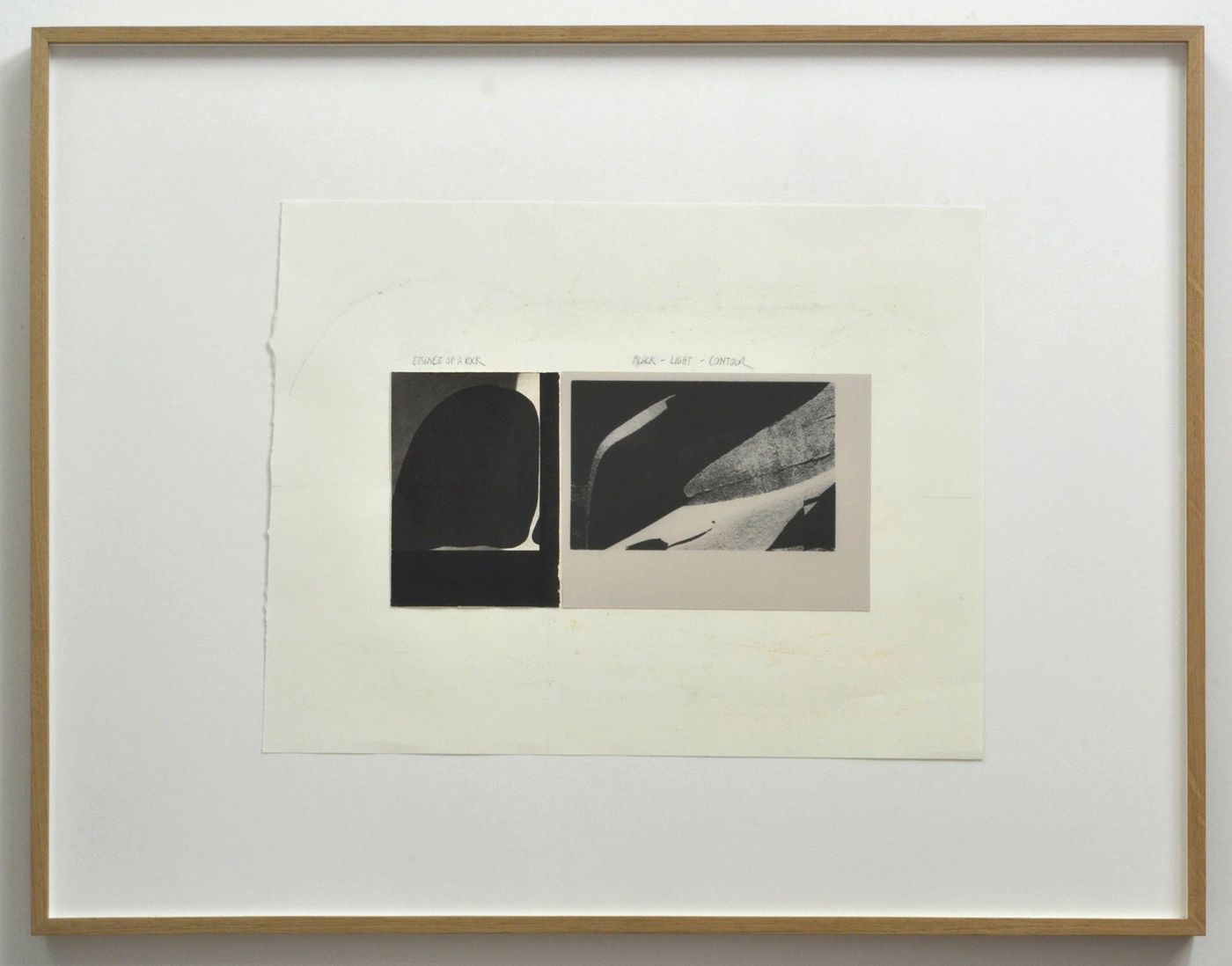
Babs Decruyenaere, Essence Of A Rock. Photo: Babs Decruyenaere
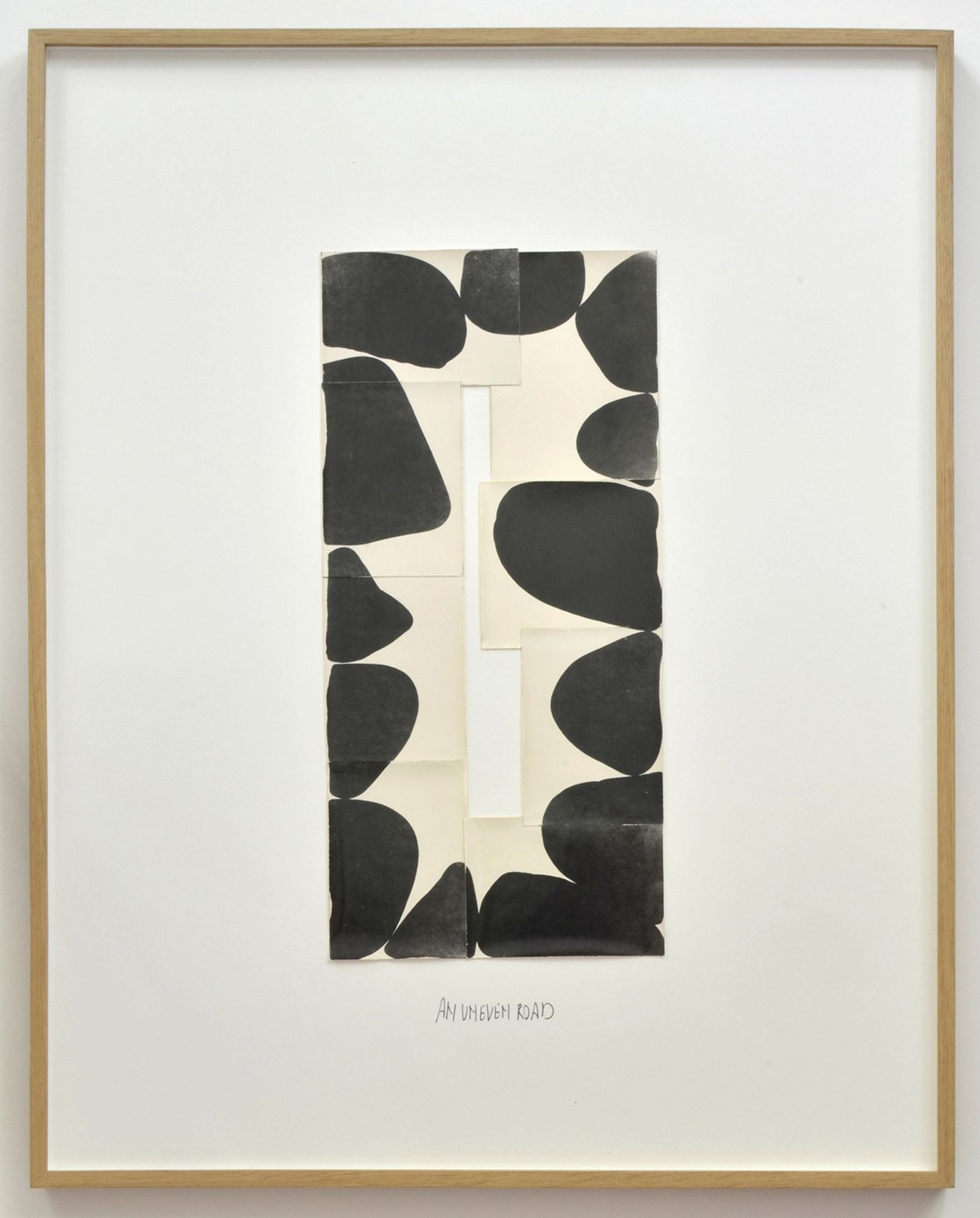
Babs Decruyenaere, An Uneven Road. Photo: Babs Decruyenaere

Babs Decruyenaere, Is It Possible to Build on Something That Is Lost? Photo: Babs Decruyenaere
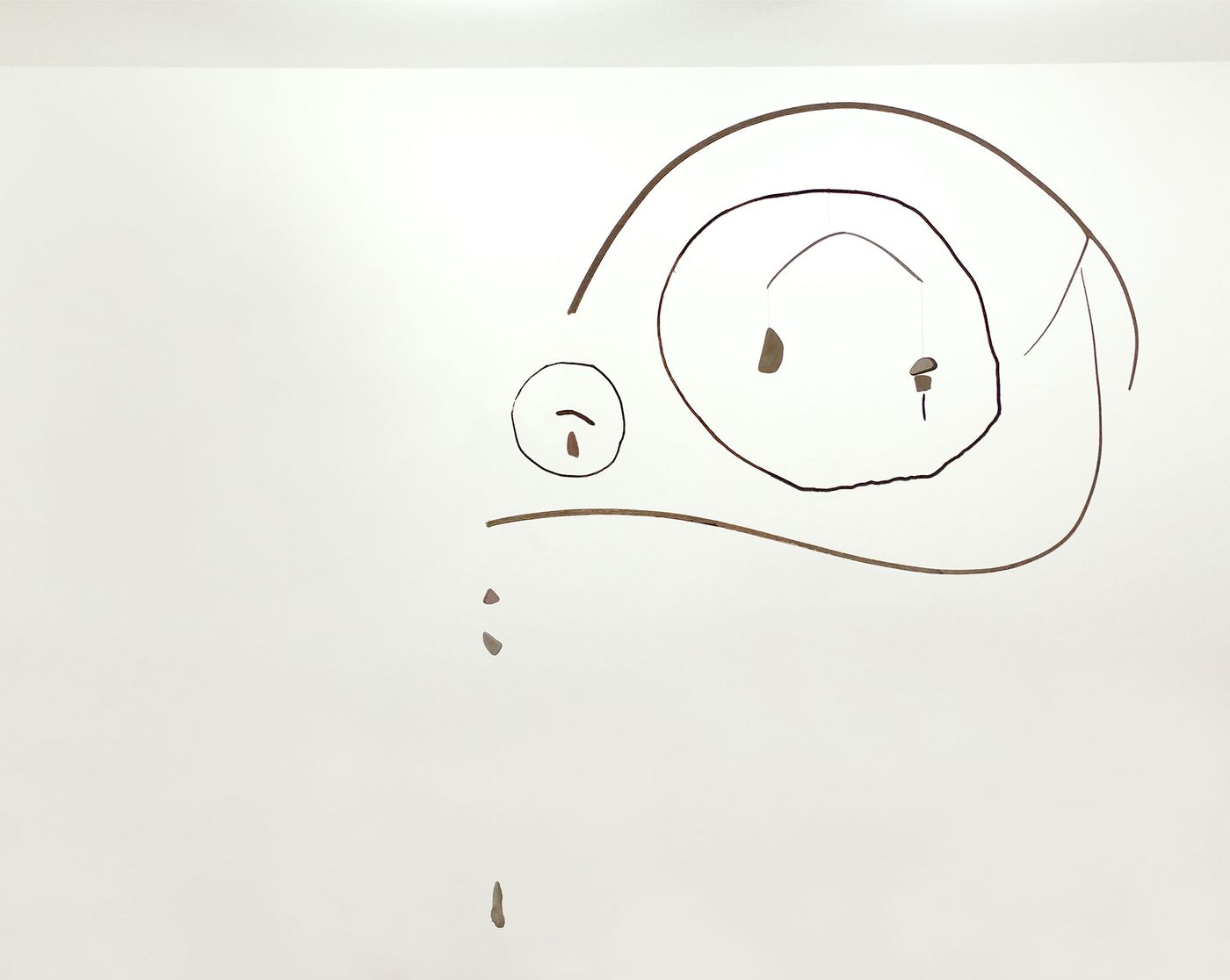
Babs Decruyenaere, Mobiel II. Photo: Babs Decruyenaere
At the core of both Willems and Decruyenaere’s practice is transforming what was once discarded or considered worthless – for Willems, pieces of paper, for Decruyenaere, pebbles and stones – into something beautiful and thus valuable. Just as important to both artists is the imposition of order on chaos and randomness, most obviously attested by Decruyenaere’s elaborate cataloguing of the found stones and pebbles that she uses for her minimalist sculptures. Meticulously photographed and categorized before they become part of a sculptural composition, the stones take on a second life as part of detailed documentation of their formal qualities.
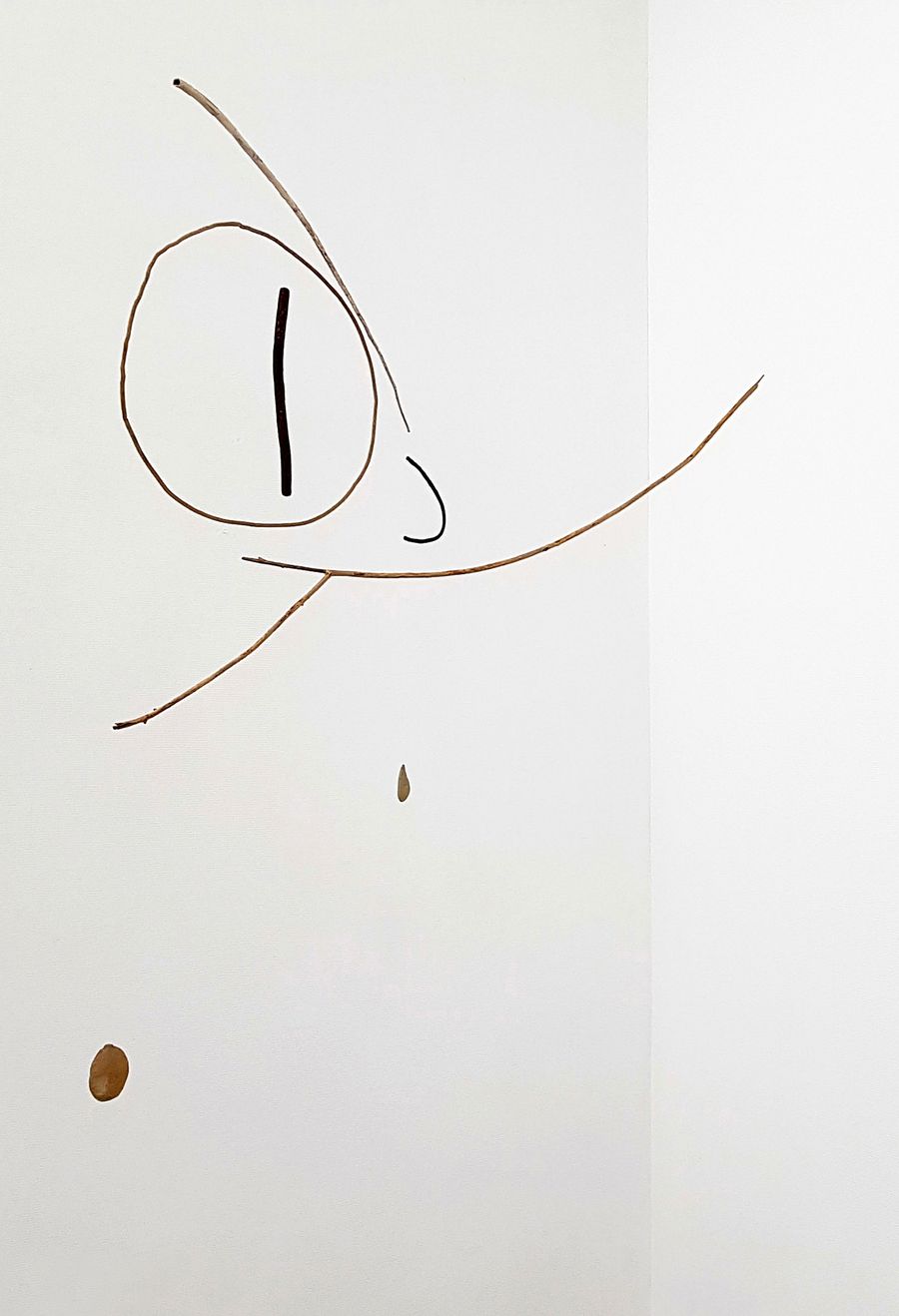
Babs Decruyenaere, Mobiel I. Photo: Babs Decruyenaere
Eschewing the use of a camera for a back-to-basics approach of analogue black and white photography based on camera obscura – a rudimentary process where the object is placed directly on the surface of a light-sensitive surface before exposing it to light – Decruyenaere’s photograms are as simplistic as the stones she has collected but at the same time represent elaborate studies on structure, line and motif. A similar dissonance can be found in her stone sculptures, whose minimal compositions belie rich figurative associations, while the display of Decruyenaere’s sketchbook showcases the wealth of the visual material that she has been creating and archiving for years.
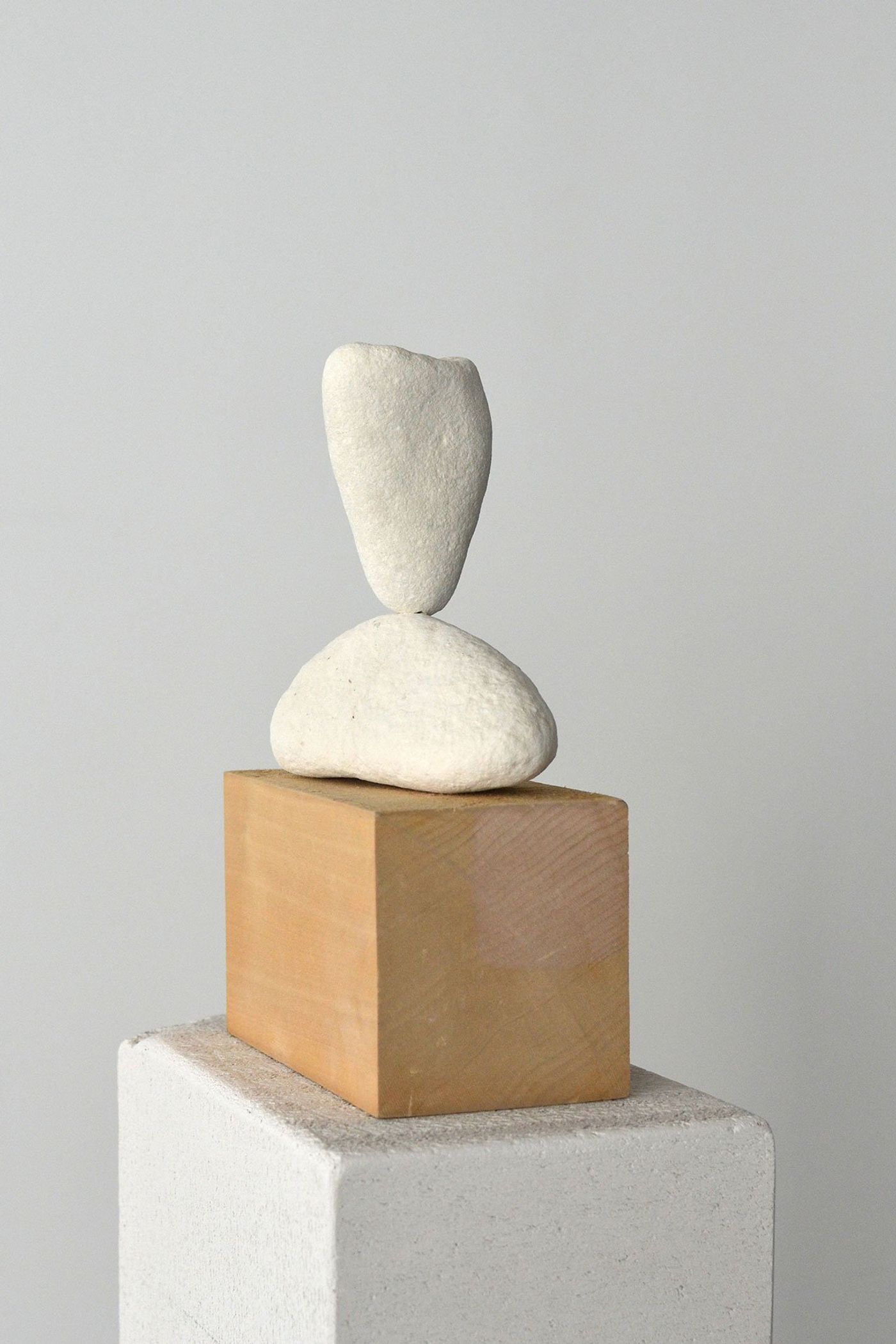
Babs Decruyenaere, Sculpture III. Photo: Babs Decruyenaere
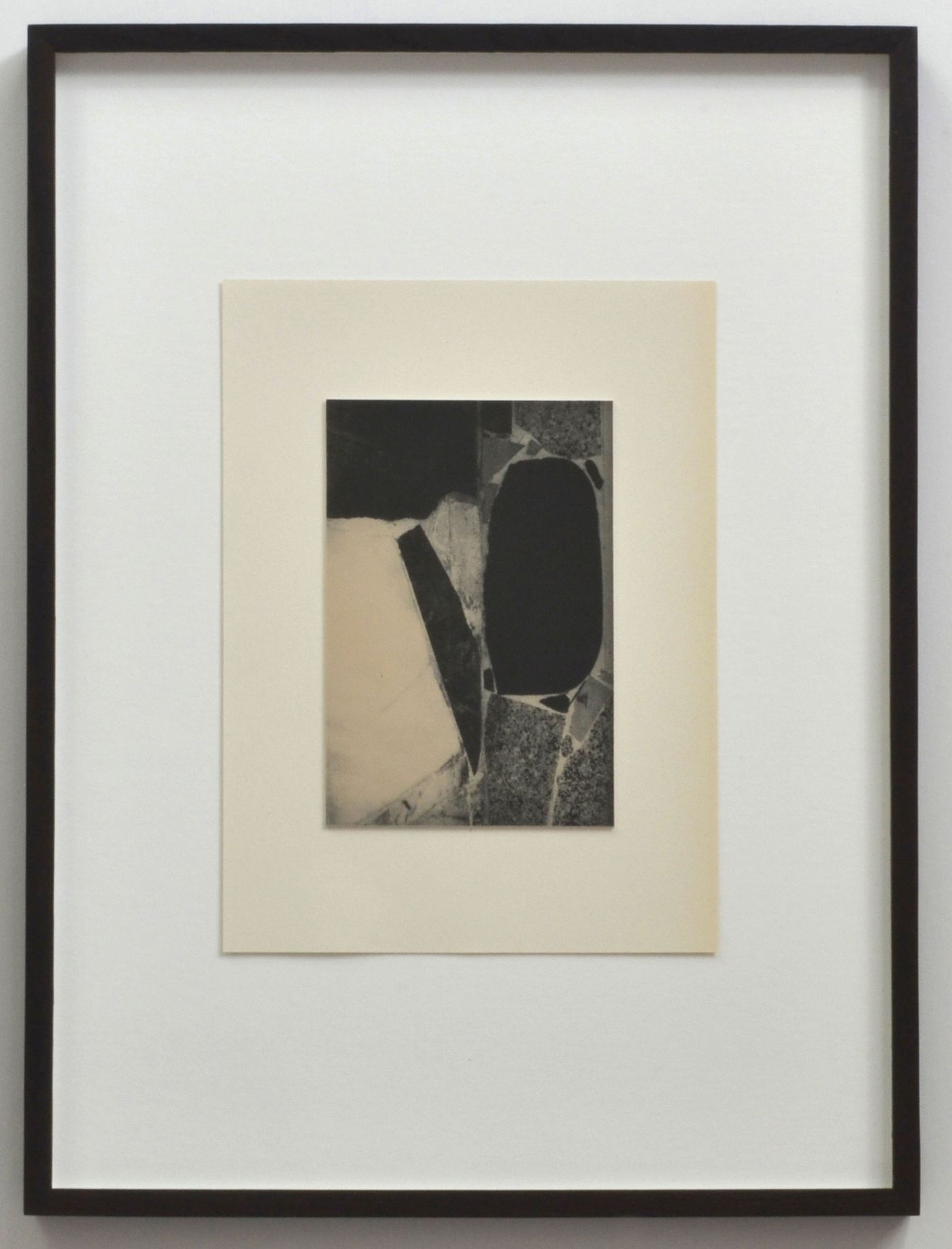
Babs Decruyenaere, The Wall. Photo: Babs Decruyenaere.
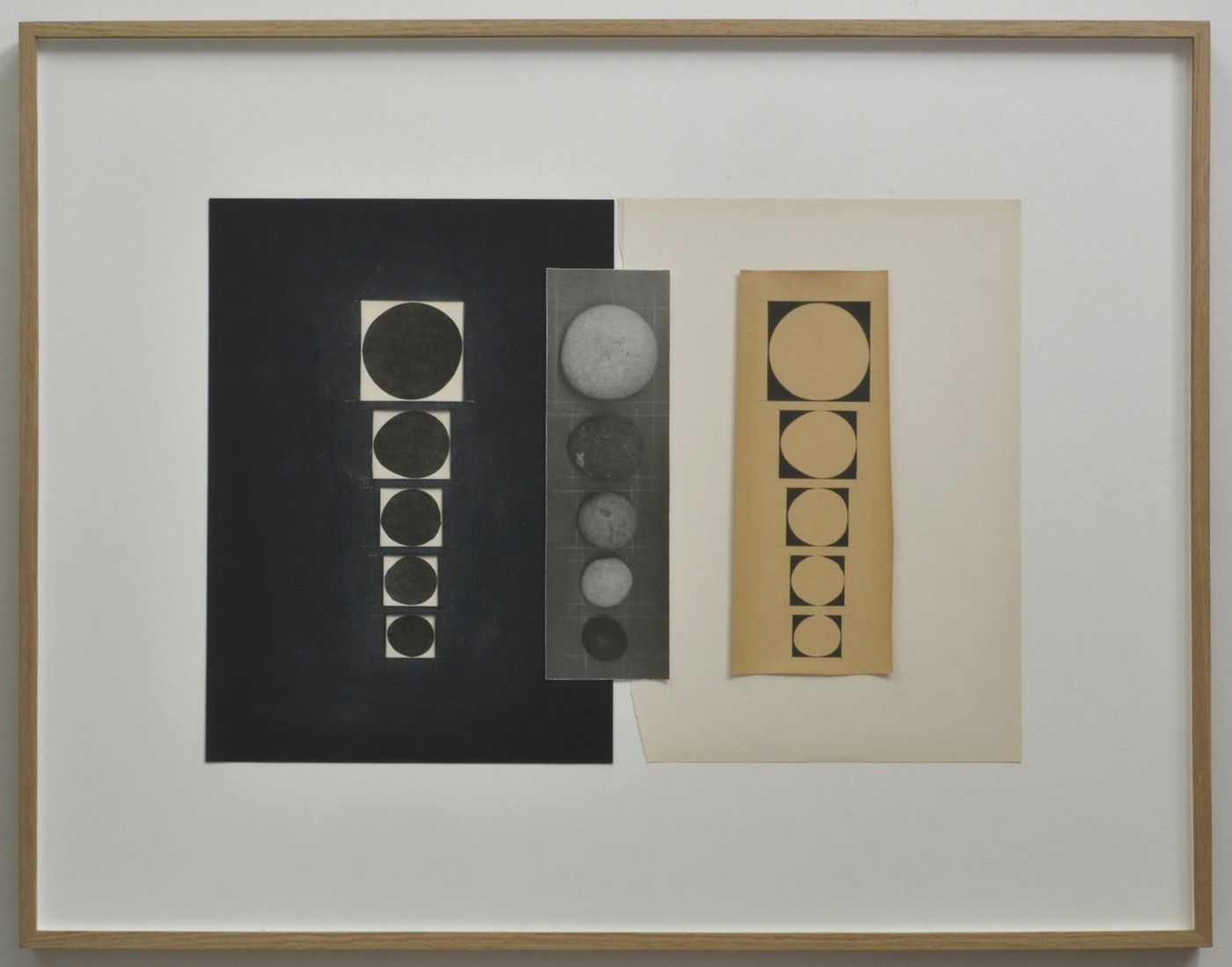
Babs Decruyenaere, There Is No Square Without a Circular Stone. Photo: Babs Decruyenaere
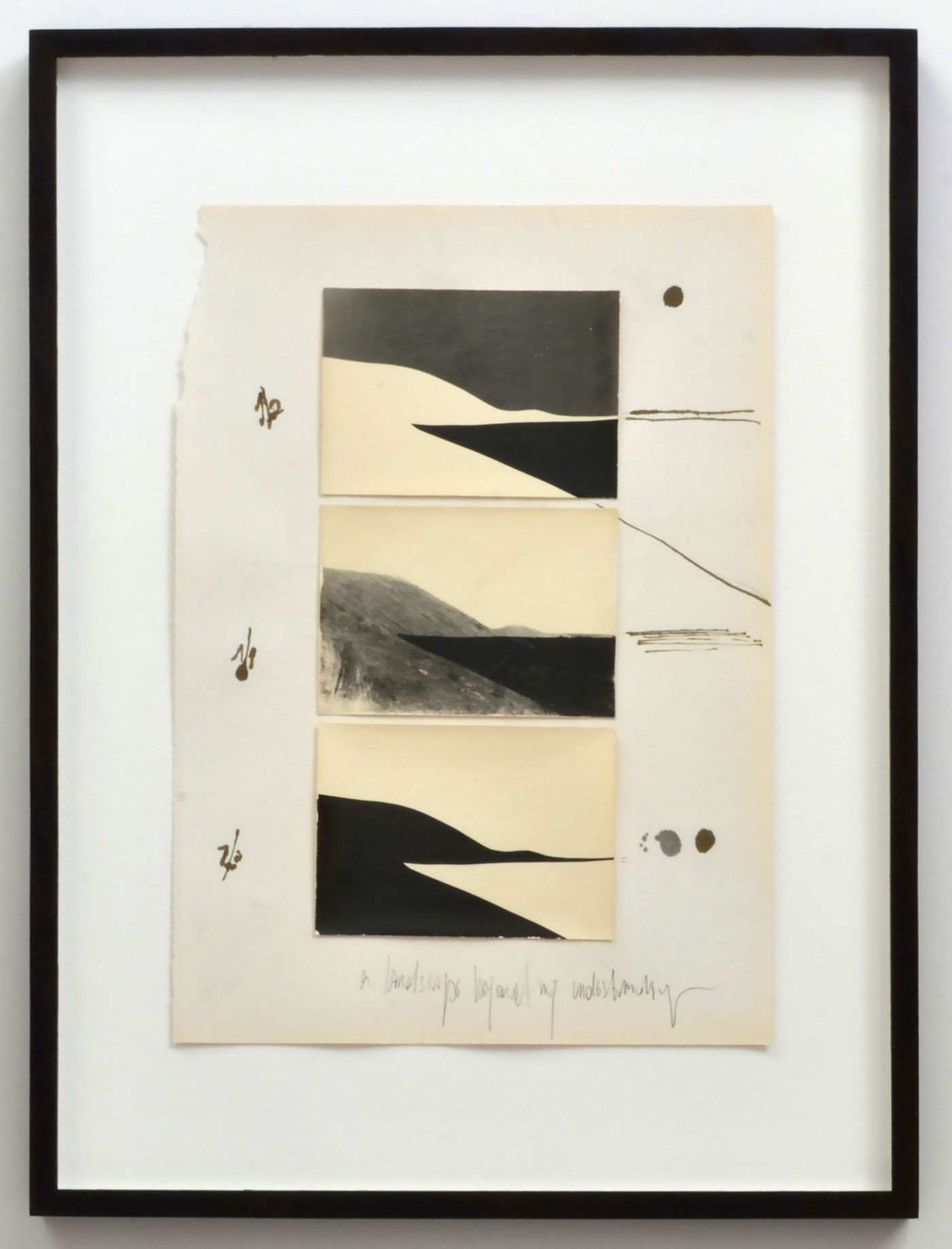
Babs Decruyenaere, Understanding the Landscape I. Photo: Babs Decruyenaere.
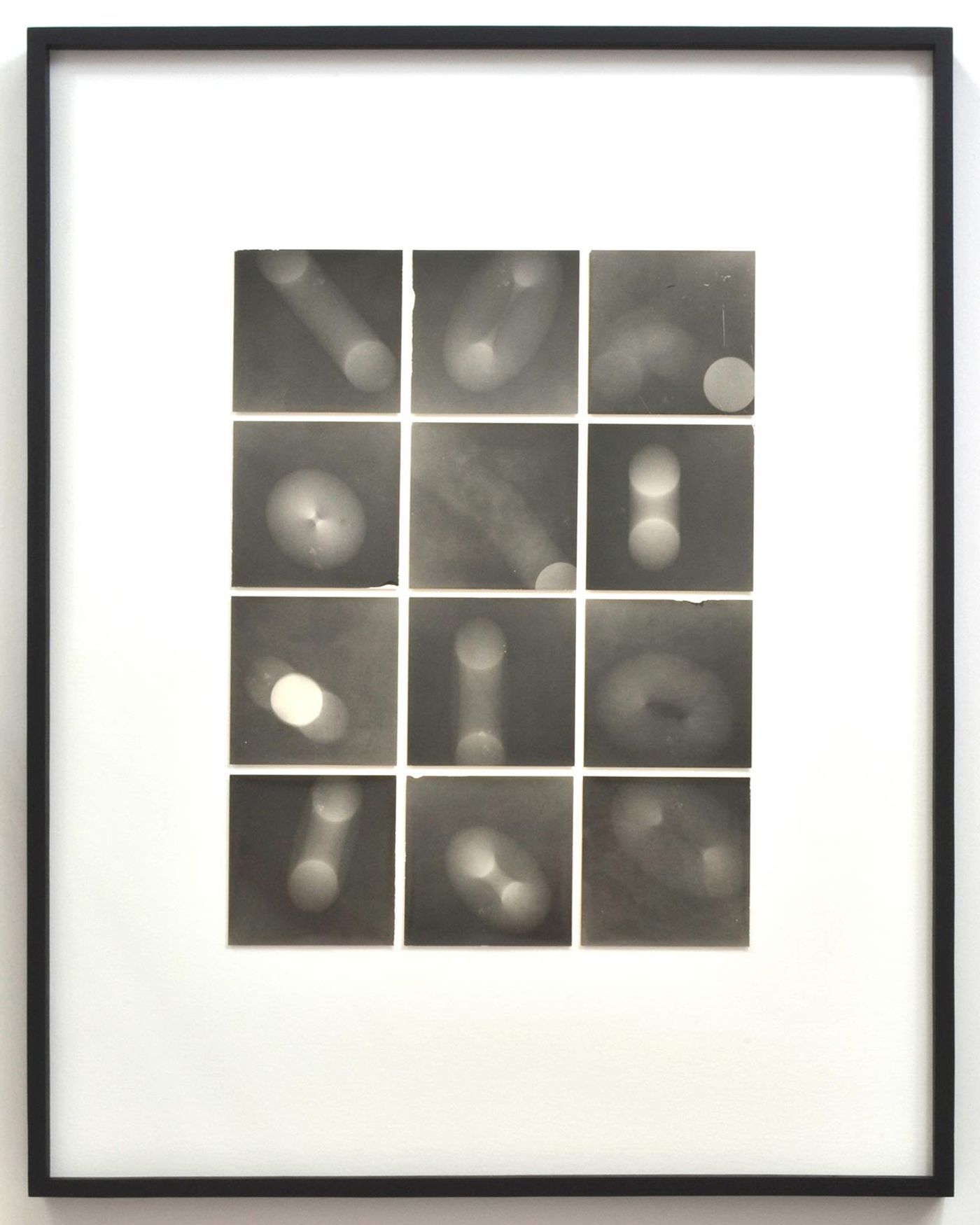
Babs Decruyenaere, When Something Moves in a Square... Photo: Babs Decruyenaere
Whereas Decruyenaere explores the rich potential of humble stones, Willems is interested in the possibilities of discarded pieces of paper which he uses to create graphical collages based on the modernist language of geometric abstraction. The artist’s fascination with found paper can be traced to a collection of 800 vintage National Geographic magazines that his grandparents left him. Drawn to the 1950s photographs he discovered therein, he started scanning them, and looking for tiny abstractions which he then used to create collages. His recent work is based on items he finds in flea markets such as old photo albums whose coloured pages imbue some of his collages with vibrant accents. That’s not to say his monochromatic or muted-coloured pieces, often made with white paper sheets that have turned yellow, lack vigour, on the contrary, their toned-down chromatics belie bold graphic gestures and tactile playfulness.
What is captivating in examining the two artists’ work side by side is how similar they are in their fine-tuned abstraction and lyrical minimalism despite the differentiation in source materials. What seems, at first glance, to be abstract compositions actually belie figurative associations that trigger the imagination. In combination with the discarded materials that they are made of, in effect both artists’ work explores the boundaries between the figurative and the abstract in the context of everyday life, and highlights the beauty of the overlooked.
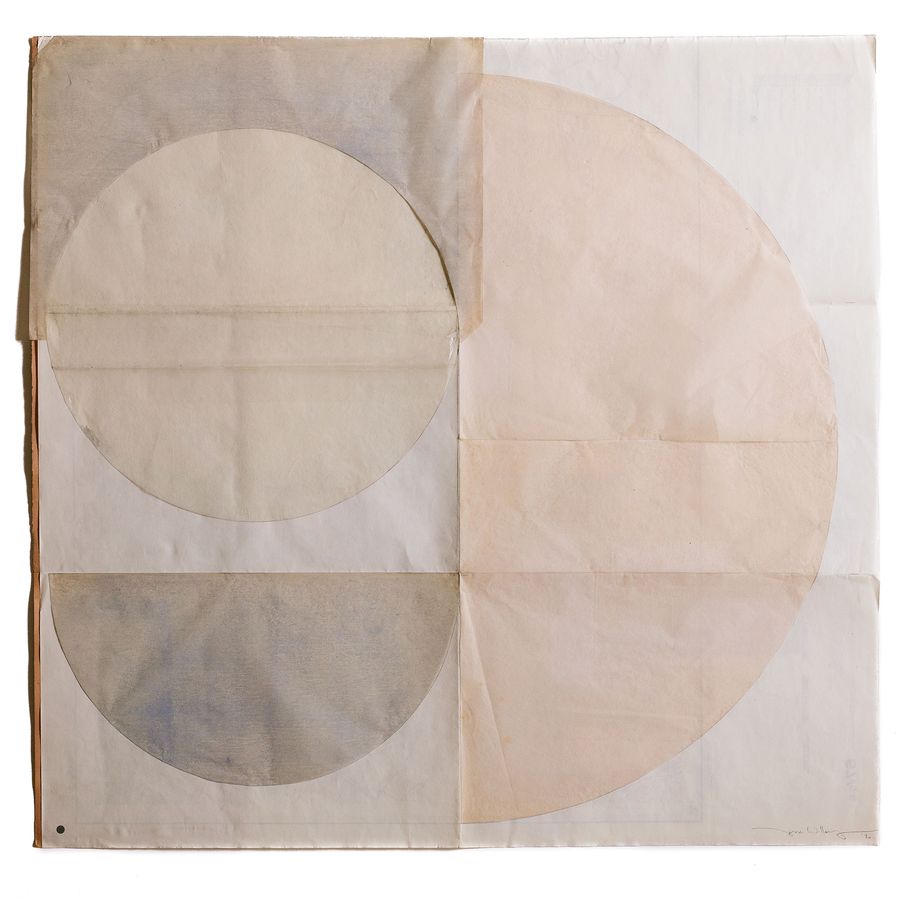
Jesse Willems, Lido, 65x68cm. Photo: Jesse Willems.
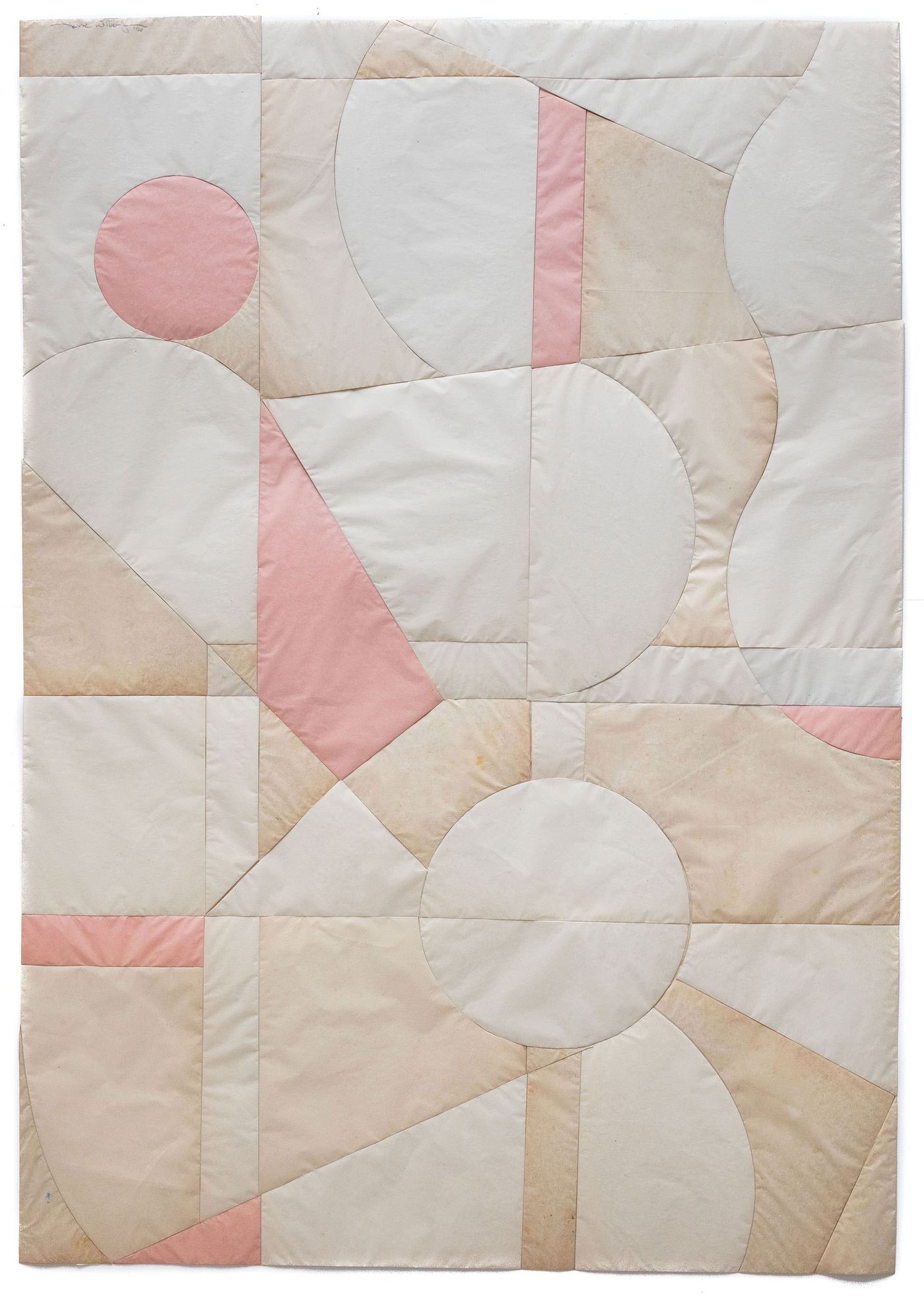
Jesse Willems, Tokyo Calypso, 84x112cm. Photo: Jesse Willems
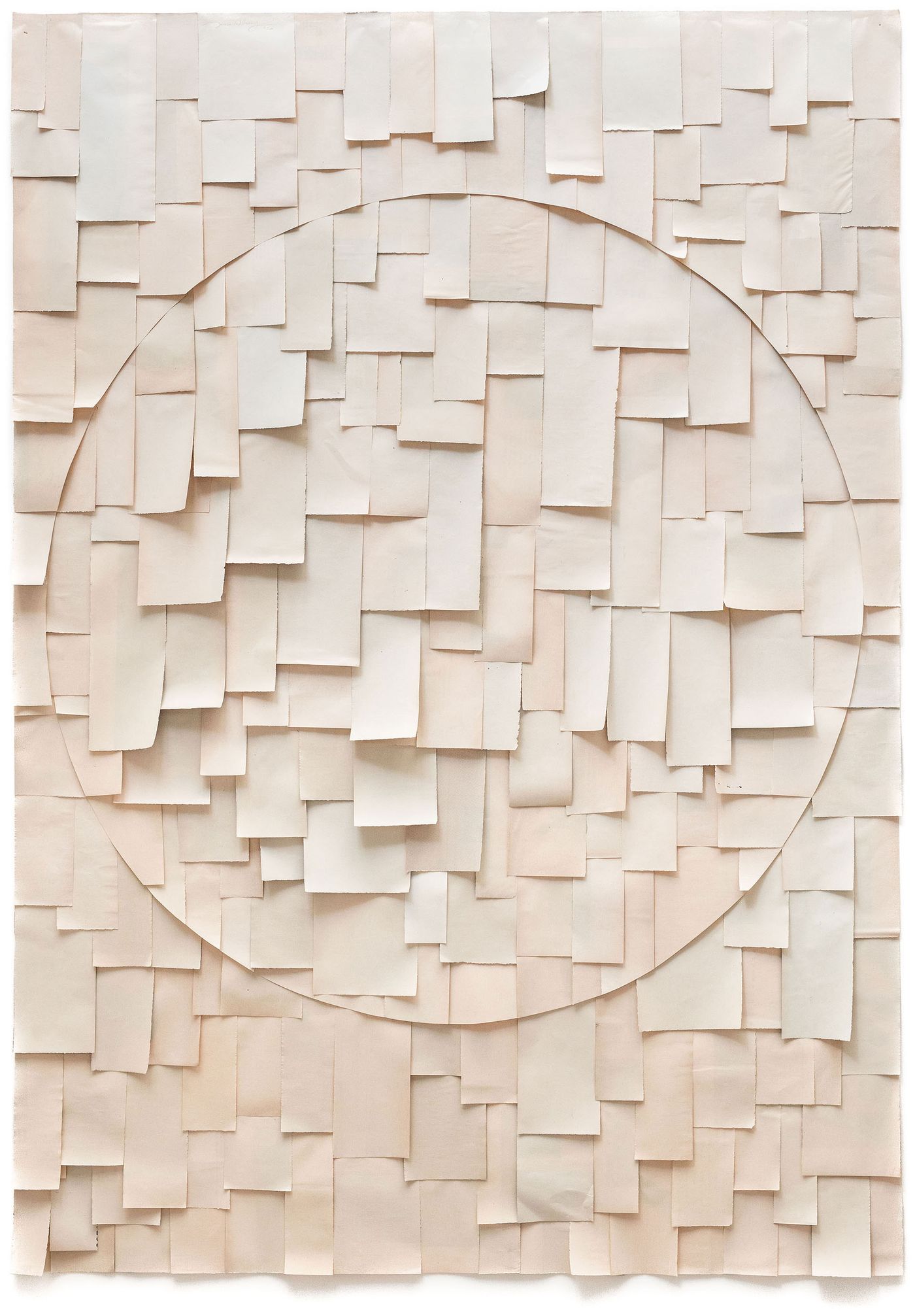
Jesse Willems, Busy Sunset of an Empire, 84x112cm. Photo: Jesse Willems.
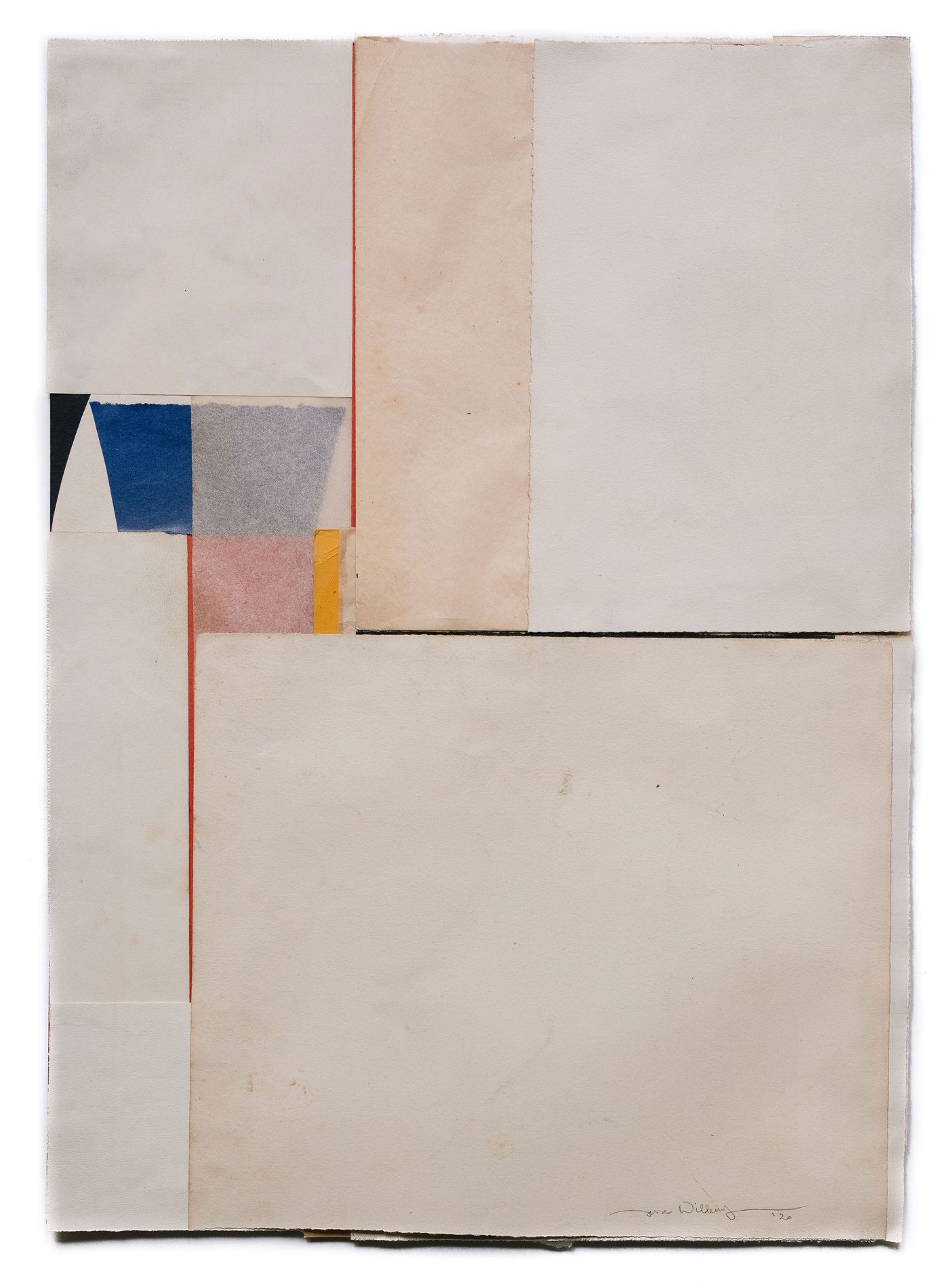
Jesse Willems, Ulysses, 40x53cm. Photo: Jesse Willems.
